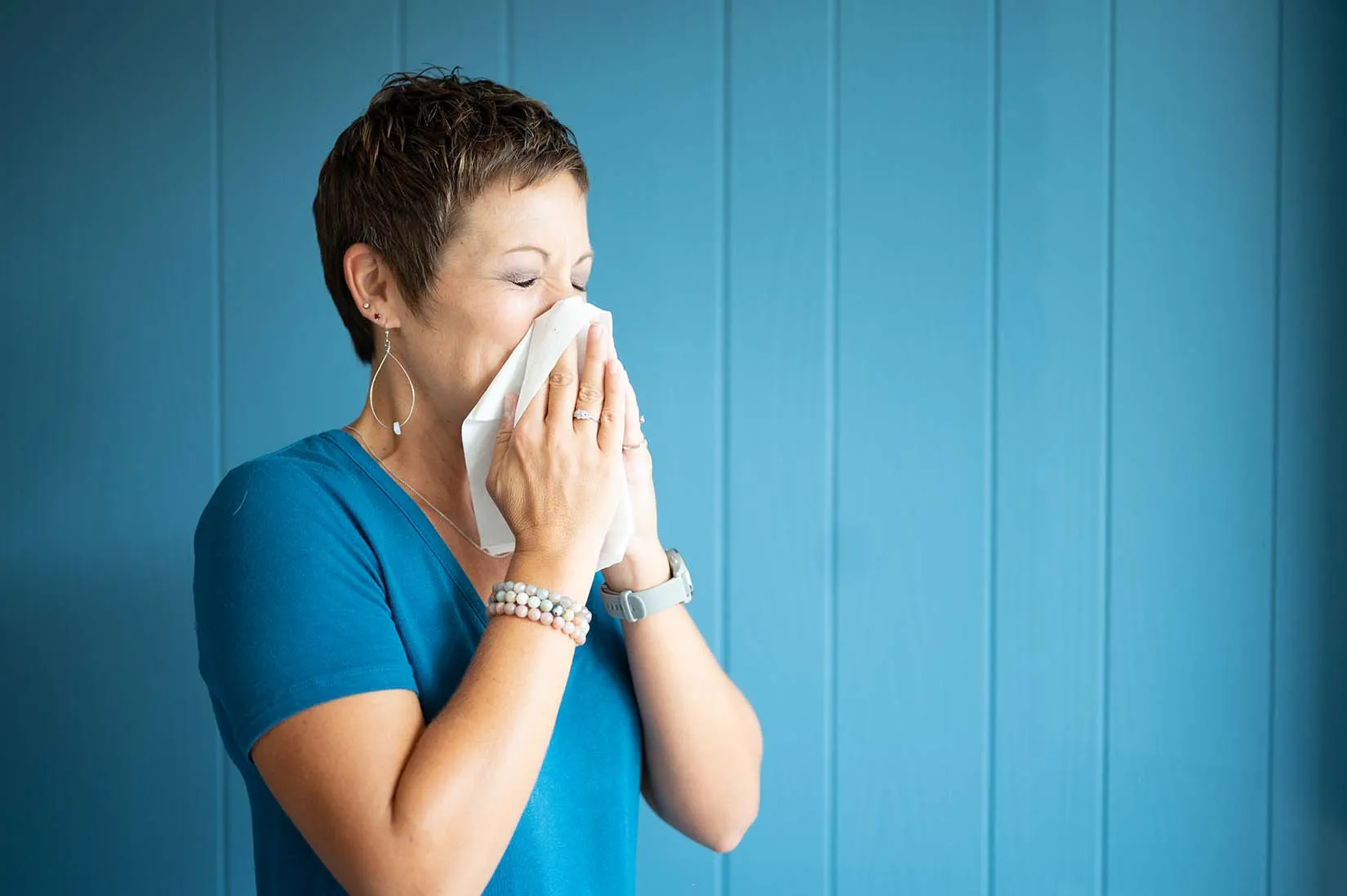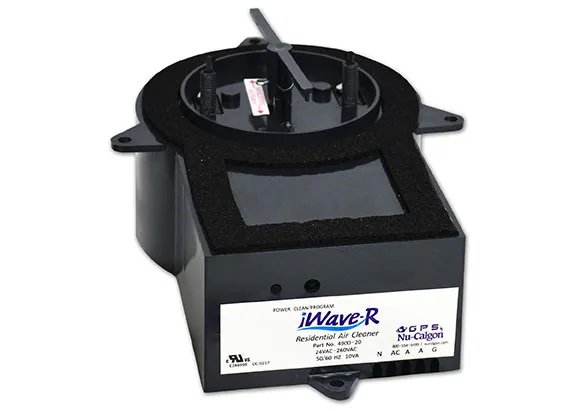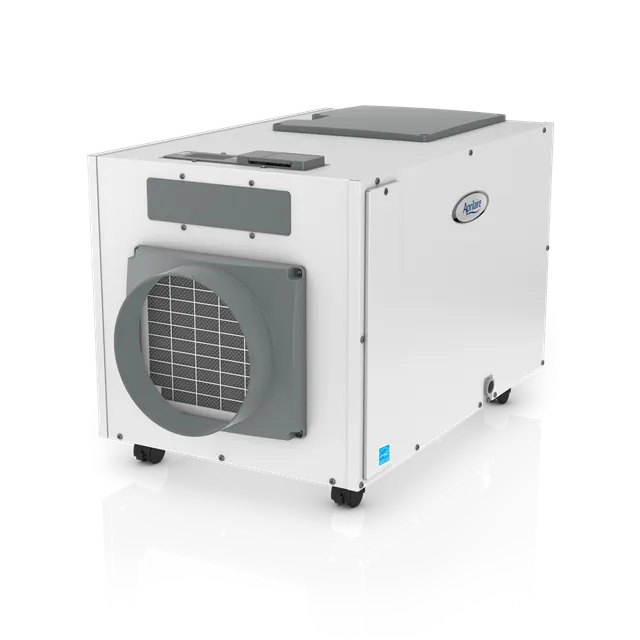Indoor Air Quality Solutions In Indianapolis, Carmel, Fishers, IN, And Surrounding Areas
Indianapolis Indoor Air Quality Solutions
It’s a fact that all homes have indoor air pollutants. Sources of air pollutants include chemicals in cleaning products, dust, pet dander, tobacco smoke, gases from appliances or fireplaces, and mold. The level of air pollution in a home depends on the ventilation and filtration system, temperature level, and humidity level. In addition to the temperature, the quality of air in your home contributes to true comfort. Poor indoor air quality can contribute to health-related problems such as allergies and asthma.

Here at LCS, our motto is Lasting Comfort Solutions and we offer Indianapolis indoor air quality solutions to ensure you are educated with the best on the market options and have affordable solutions available to you for your home to ensure a comfortable environment that lasts years to come.

Indoor Air Quality Services Include:
Ductless Systems
Media cabinets hold high-efficient filters that can serve as Indianapolis indoor air quality solutions. Media air filters are 4-5″ thick as opposed to the standard 1″ air filter. Filters are rated on a value system: Minimum Efficiency Rating Value (MERV). This system determines the amount of dust that the filter removes from the air as it passes through. Standard 1″ filters range from a MERV 1-MERV 10 rating. Media filters have up to a MERV 16 rating. What does this mean? The higher the rating, the more efficient the filter, the fewer dust particles will pass through and distribute throughout your home. Since the filter is in its own cabinet, it’s generally easy to change.

Also, under normal circumstances, media filters only need to be changed once every 6-12 months as compared to a 1” filter that needs to be changed every 1-2 months.
Air Purifiers For Indianapolis Indoor Air Quality Solutions
If you’re looking for Indianapolis indoor air quality solutions, air purifiers can be a great answer. Air Purifiers come in many sizes. Some are portable while others are designed for the entire home. One thing to keep in mind – many air cleaners require monthly or annual maintenance. If you have an air cleaner that requires this type of maintenance and you don’t do it, the air cleaner is not working as it should, if at all.

Some air purifiers use ultraviolet rays, while others use an ionization process. They are effective in reducing bacteria, viruses, allergens and pollutants in the home. We can discuss the best option for your home. As an added benefit, you save 15% with your LCS Access Club Membership!

Emergency Service
Whole House Humidifier
In Indiana, we have very high humidity in the summer but very dry air in the winter. I’d also like to focus more on the benefits of a whole-house humidifier and investing in Indianapolis indoor air quality solutions (helps with dry skin, itchy throat, bloody nose, wood furniture, musical instruments). Also, unlike portable humidifiers in which you have to fill the canisters with water every day or two, there’s no day-to-day maintenance with a whole-house humidifier.
Maintenance is generally completed once a year. If water quality is poor in the home, it may need to be done twice a year. The whole house humidifier adds humidity throughout the house versus a portable which does a room or small space. Another good point is that humidity readings and control can be accessed through a smart thermostat such as the Ecobee.
Let us evaluate your home indoor air quality needs today!

Whole House Dehumidifier
Day-to-day activities such as breathing, cooking, and doing laundry can add nearly 25 pounds of moisture to a home each day. In some regions of the US, Basement and crawl spaces can also become damp, smelly locations when humidity is too high.
Common things that we see in our area: spring can bring low temperatures with high humidity. When the temperature is low outside, say 70 degrees, it doesn’t take the a/c long to meet the desired indoor temperature. That seems like a good thing but in reality, it’s not running long enough to remove the humidity from the house. As a result, it feels uncomfortable and “sticky” inside because the humidity is high. Homes that are surrounded by a lot of shade trees also struggle with high humidity.

Indianapolis indoor air quality solutions to solve humidity issues include investing in a whole-house dehumidifier. Another potential solution could be investing in Indianapolis home insulation services. Another benefit to a whole house dehumidifier is that it feels cooler inside when the humidity is controlled so you can save energy by turning the thermostat up a few degrees.

Emergency Service
Why Choose LCS Heating and Cooling?
- Up-Front Pricing
- Emergency Service Available
- Free Estimate for Replacements
- Fully Stocked Trucks
- Background-Checked Techs
- Service All Makes & Models
We Proudly Service Indianapolis, IN
- Carmel, IN
- Cumberland, IN
- Noblesville, IN
- Fishers, IN
- Fortville, IN
- Westfield, IN
- Indianapolis, IN
- McCordsville, IN
- Lawrence, IN
- Greenfield, IN
- Greenwood, IN
- New Palestine, IN


